New paper alert: arxiv.org/abs/2505.13714
This paper is about the JWST spectrum of a very young planetary-mass (5-10 M_J) object with two notable properties:
1) significant accretion luminosity
2) hydrocarbons in its disk, making it the smallest object we know with hydrocarbons in its disk!
1/8
21.05.2025 14:54 — 👍 5 🔁 2 💬 2 📌 0
My personal theory is that the significant luminosity from accretion could compensate for lack of bolometric luminosity.
But if the disk chemistry is the same, and given that we know planets can form in disks around low-mass stars, are there planets forming around Cha 1107-7626 too?
8/8
21.05.2025 14:54 — 👍 0 🔁 0 💬 0 📌 0
Hydrocarbons have been seen in number of disks around low-mass stars and even some more massive brown dwarfs. But Cha 1107-7626 is smaller and less luminous than those. So it's puzzling how the disk chemistry remains so similar.
7/8
21.05.2025 14:54 — 👍 0 🔁 0 💬 1 📌 0
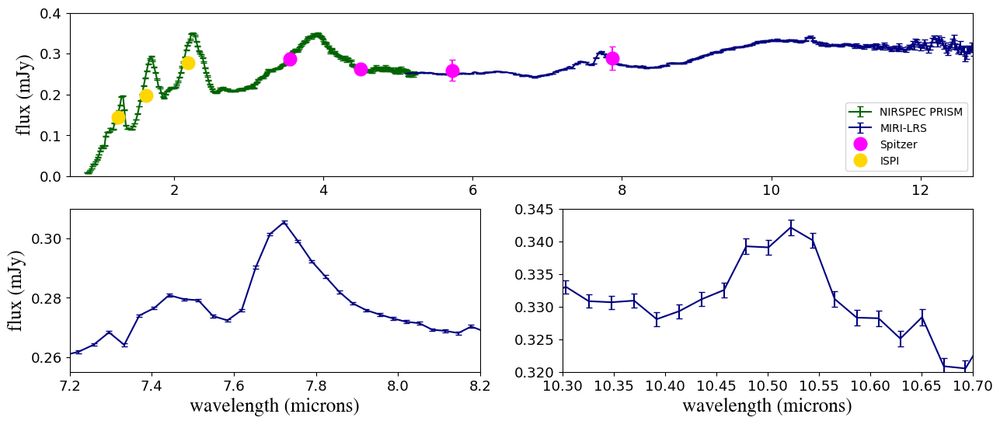
The other noteworthy thing is that we see clear evidence of hydrocarbons (methane at 7.7 microns and ethylene at 10.5 microns) in the MIRI portion of the spectrum. This is the smallest object with hydrocarbons detected in its disk!
6/8
21.05.2025 14:54 — 👍 0 🔁 0 💬 1 📌 0
Accretion rates are hard to understand even for more massive objects. We know there's a correlation with mass, but there's a ton of scatter for any given mass.
5/8
21.05.2025 14:54 — 👍 0 🔁 0 💬 1 📌 0

Accretion rate versus object mass. Our target, in blue, has a really high rate given its mass.
We calculated an accretion rate based on these lines, and this object is accreting way more than "typical" objects of its mass. We're not sure why.
4/8
21.05.2025 14:54 — 👍 0 🔁 0 💬 1 📌 0

Figures showing three accretion lines, each from a different spectrum of the target.
Our object, Cha 1107-7626, is part of the Chameleon star forming region, which is why we have an estimate of its age of 1-3 Myr. And the accretion signatures were not a surprise. Prior published spectra also showed lots of emission from H-alpha and P-beta.
3/8
21.05.2025 14:54 — 👍 0 🔁 0 💬 1 📌 0
First, I want to thank my collaborators, particularly Victor Almendros-Abad who did a lot of great work for this paper.
2/8
21.05.2025 14:54 — 👍 0 🔁 0 💬 1 📌 0
New paper alert: arxiv.org/abs/2505.13714
This paper is about the JWST spectrum of a very young planetary-mass (5-10 M_J) object with two notable properties:
1) significant accretion luminosity
2) hydrocarbons in its disk, making it the smallest object we know with hydrocarbons in its disk!
1/8
21.05.2025 14:54 — 👍 5 🔁 2 💬 2 📌 0
I love the acronym. It meets my two criteria for a good acronym of being unique enough to search it on ADS and also being a real acronym.
12.03.2025 22:05 — 👍 1 🔁 0 💬 1 📌 0
YouTube video by Sarah Horst
February 8, 2025
I didn’t know if it might help to actually see what we are talking about with indirect costs so I did a little lab tour.
youtube.com/shorts/ttia4...
08.02.2025 14:45 — 👍 198 🔁 104 💬 16 📌 12
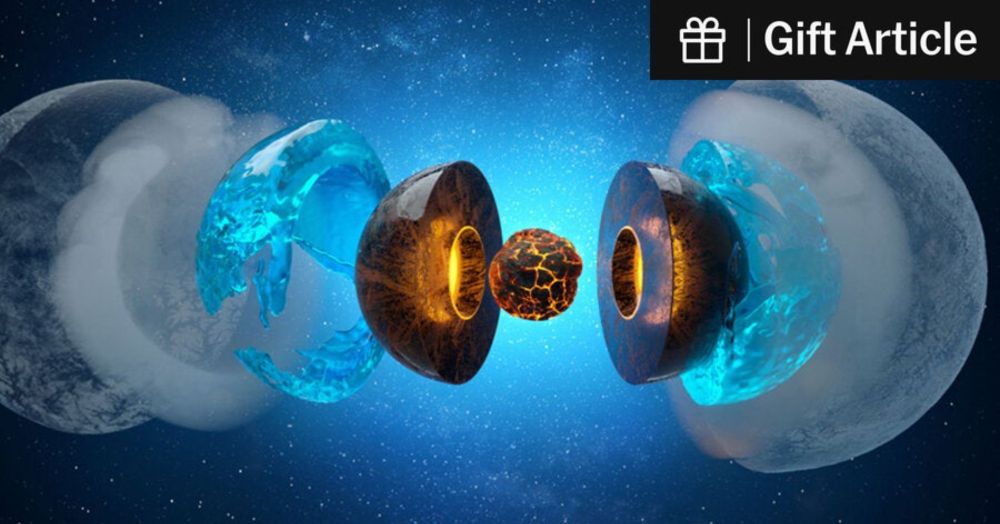
Uranus and Neptune May Conceal Vast Oceans of Water (Gift Article)
A scientist simulated the contents of the ice giant worlds, and found that a fluid layer may explain each planet’s strange magnetic field.
Uranus and Neptune both have a super weird magnetic field unlike anything else in the solar system.
The answer might be a giant ocean of supercritical water, 5,000 miles thick, hiding inside each ice giant.
Story by me in The New York Times
www.nytimes.com/2024/11/25/s...
25.11.2024 20:09 — 👍 122 🔁 32 💬 3 📌 5
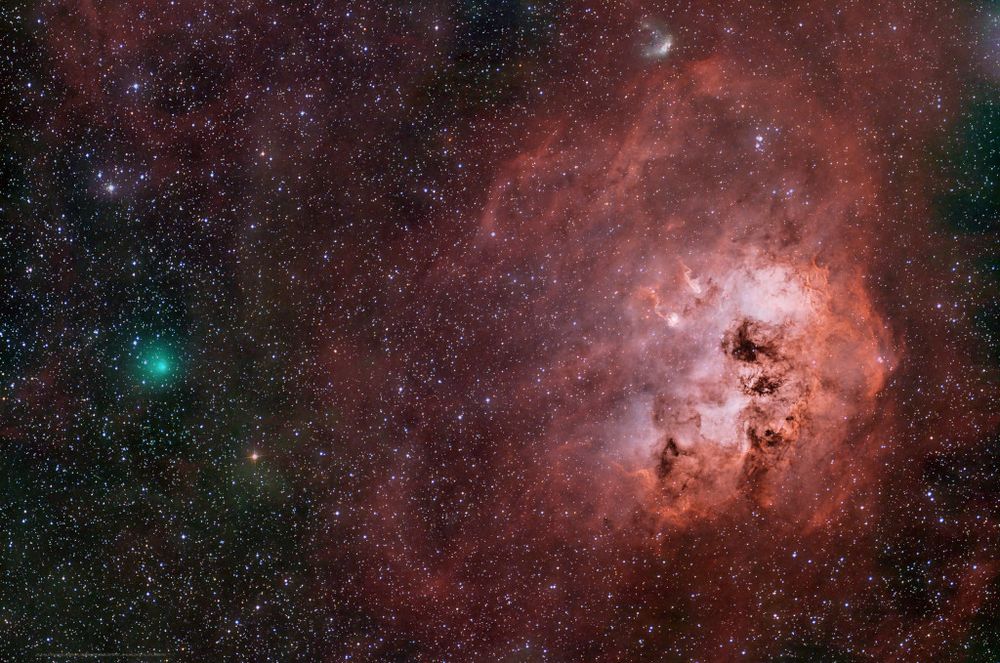
History's second known periodic comet is Comet Encke (2P/Encke). As it swings through the inner Solar System, Encke's orbit takes it from an aphelion, its greatest distance from the Sun, inside the orbit of Jupiter to a perihelion just inside the orbit of Mercury. Returning to its perihelion every 3.3 years, Encke has the shortest period of the Solar System's major comets. Comet Encke is also associated with (at least) two annual meteor showers on planet Earth, the North and South Taurids. Both showers are active in late October and early November. Their two separate radiants lie near bright star Aldebaran in the head-strong constellation Taurus. A faint comet, Encke was captured in this telescopic field of view imaged on the morning of August 24. Then, Encke's pretty greenish coma was close on the sky to the young, embedded star cluster and light-years long, tadpole-shaped star-forming clouds in emission nebula IC 410. Now near bright star Spica in Virgo Comet Encke passed its 2023 perihelion only five days ago, on October 22.
Encke and the Tadpoles - ©Dan Bartlett
Official: https://apod.nasa.gov/apod/ap231027.html
HD: https://apod.nasa.gov/apod/image/2310/2P_Encke_2023_08_24JuneLake_California_USA_DEBartlett.jpg
Please enjoy following threads too! 🔭
27.10.2023 08:05 — 👍 20 🔁 11 💬 1 📌 0
Okay, this is pretty cool -- Vera Rubin will be on 2025 American quarters!! 🔭 www.usmint.gov/news/press-r...
19.10.2023 13:34 — 👍 15 🔁 3 💬 1 📌 0

Screenshot of the title and author list for our new paper: "Double Trouble: Two transits of the super earth GJ 1132 b observed with JWST NIRSpec G395H"
New recommended reading just dropped for planning JWST observations of small planets! 🪐🔭
Major thanks to @distantworlds.space for shepherding this across the finish line while I'm on leave!
Long story short: G395H may not be the ideal mode and random noise is a problem 😵💫
arxiv.org/abs/2310.10711
18.10.2023 20:06 — 👍 26 🔁 7 💬 0 📌 0
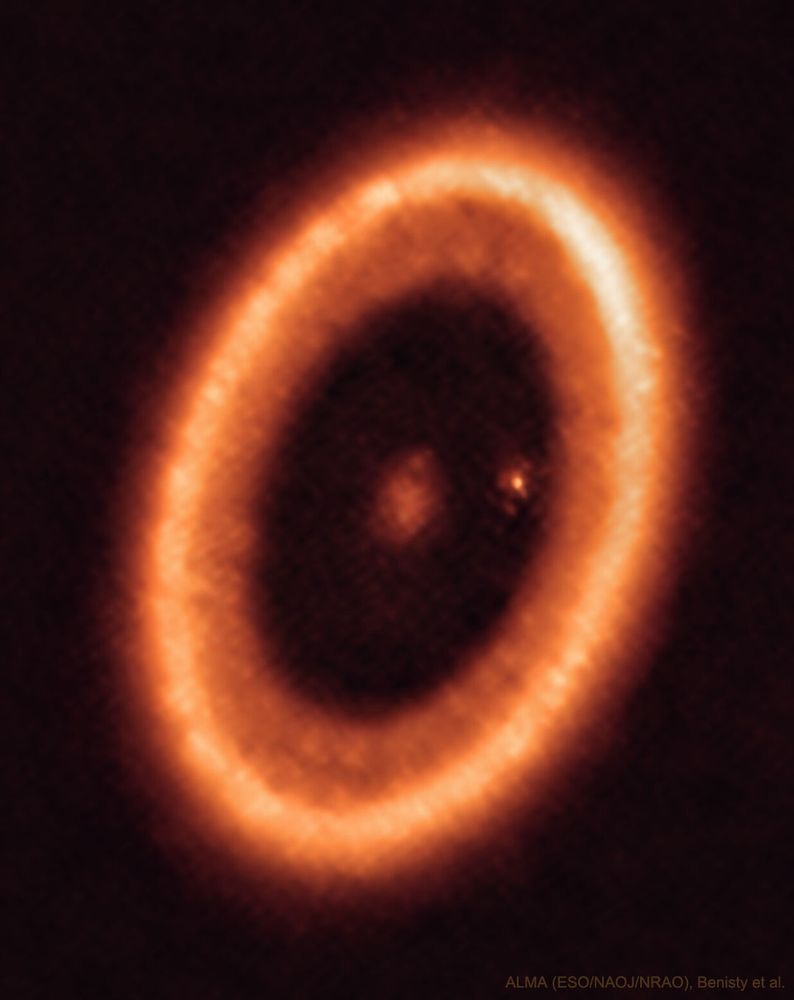
It's not the big ring that's attracting the most attention. Although the big planet-forming ring around the star PDS 70 is clearly imaged and itself quite interesting. It's also not the planet on the right, just inside the big disk, that’s being talked about the most. Although the planet PDS 70c is a newly formed and, interestingly, similar in size and mass to Jupiter. It's the fuzzy patch around the planet PDS 70c that's causing the commotion. That fuzzy patch is thought to be a dusty disk that is now forming into moons -- and that had never been seen before. The featured image was taken in 2021 by the Atacama Large Millimeter Array (ALMA) of 66 radio telescopes in the high Atacama Desert of northern Chile. Based on ALMA data, astronomers infer that the moon-forming exoplanetary disk has a radius similar to our Earth's orbit, and may one day form three or so Luna-sized moons -- not very different from our Jupiter's four.
PDS 70: Disk, Planets, and Moons
Official: https://apod.nasa.gov/apod/ap231017.html
HD: https://apod.nasa.gov/apod/image/2310/PDS70_ALMA_1237.jpg
Please enjoy following threads too! 🔭
17.10.2023 20:05 — 👍 28 🔁 8 💬 1 📌 1
Watching cake week on Bake Off and then remembering you have cake in the refrigerator is honestly one of the best feelings.
15.10.2023 16:41 — 👍 1 🔁 0 💬 1 📌 0
🧪🔭 🚨. More JWST observations of TRAPPIST-1 🚨
Thread: (1/n) We observed four flares during transits of TRAPPIST-1 planets and characterized their near-IR spectra out to 3.5 μm for the first time. We used the flare spectra to decontaminate the transits.
arxiv.org/abs/2310.03792
09.10.2023 17:14 — 👍 28 🔁 6 💬 14 📌 1
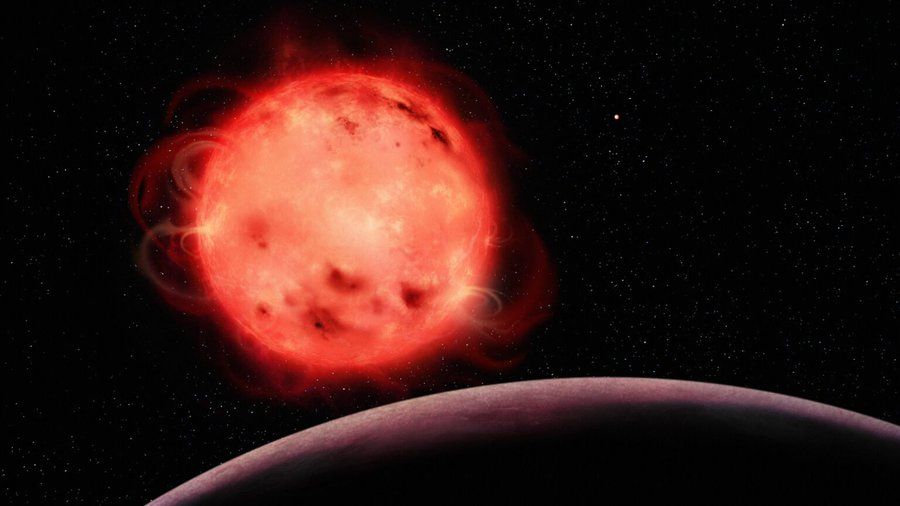
The planet TRAPPIST-1b in front of a red star covered with starspots.
🚨 Attention TRAPPIST-1 fans 🚨
We just published the first JWST spectrum of one of the TRAPPIST-1 planets, so I'm excited to share in this thread what we saw!
Our findings could have important implications for the TRAPPIST-1 planets in the habitable zone.
Read on!
🔭
27.09.2023 00:27 — 👍 59 🔁 13 💬 1 📌 4
I *love* what I do, but when I see talks on regions like the Orion nebula with exciting physics and stunning images, I get a tiny bit jealous. The images are so beautiful, they literally look like an artist drew it.
13.09.2023 17:45 — 👍 7 🔁 0 💬 0 📌 0
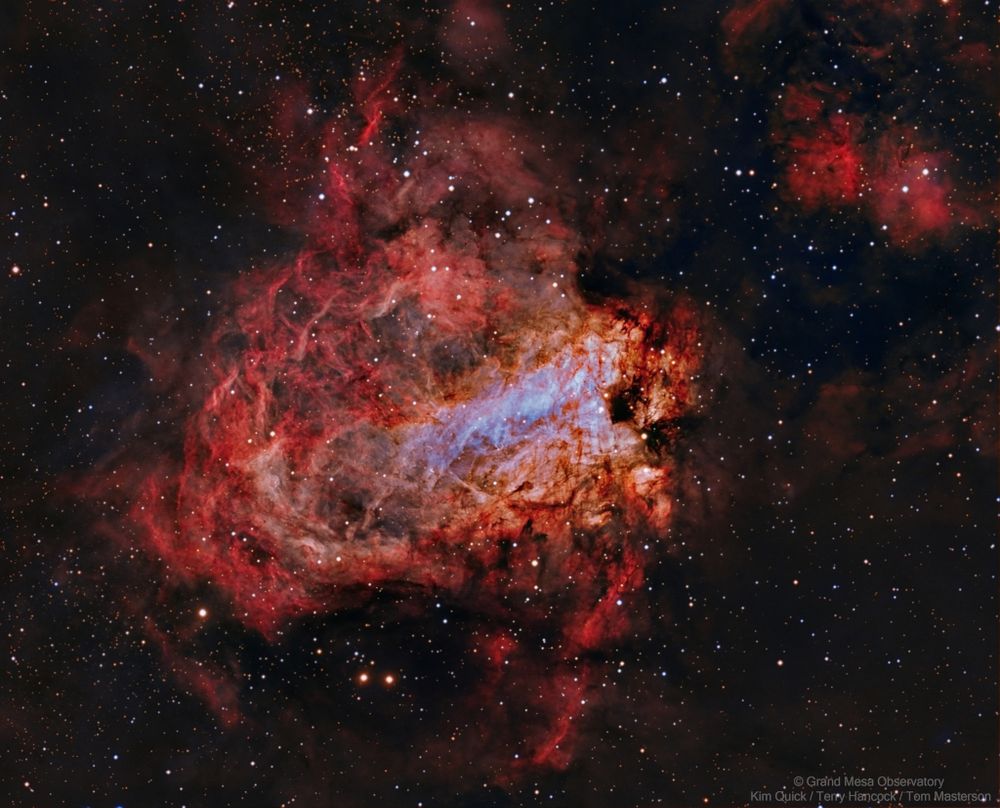
Sculpted by stellar winds and radiation, the star factory known as Messier 17 lies some 5,500 light-years away in the nebula-rich constellation Sagittarius. At that distance, this 1/3 degree wide field of view spans over 30 light-years. The sharp composite, color image highlights faint details of the region's gas and dust clouds against a backdrop of central Milky Way stars. Stellar winds and energetic light from hot, massive stars formed from M17's stock of cosmic gas and dust have slowly carved away at the remaining interstellar material, producing the cavernous appearance and undulating shapes. M17 is also known as the Omega Nebula or the Swan Nebula.
Star Factory Messier 17 - ©Kim Quick
Official: https://apod.nasa.gov/apod/ap230908.html
HD: https://apod.nasa.gov/apod/image/2309/OmegaNebulaGrandMesaObservatory2023.jpg
Please enjoy following threads too! 🔭
08.09.2023 20:05 — 👍 14 🔁 11 💬 1 📌 0
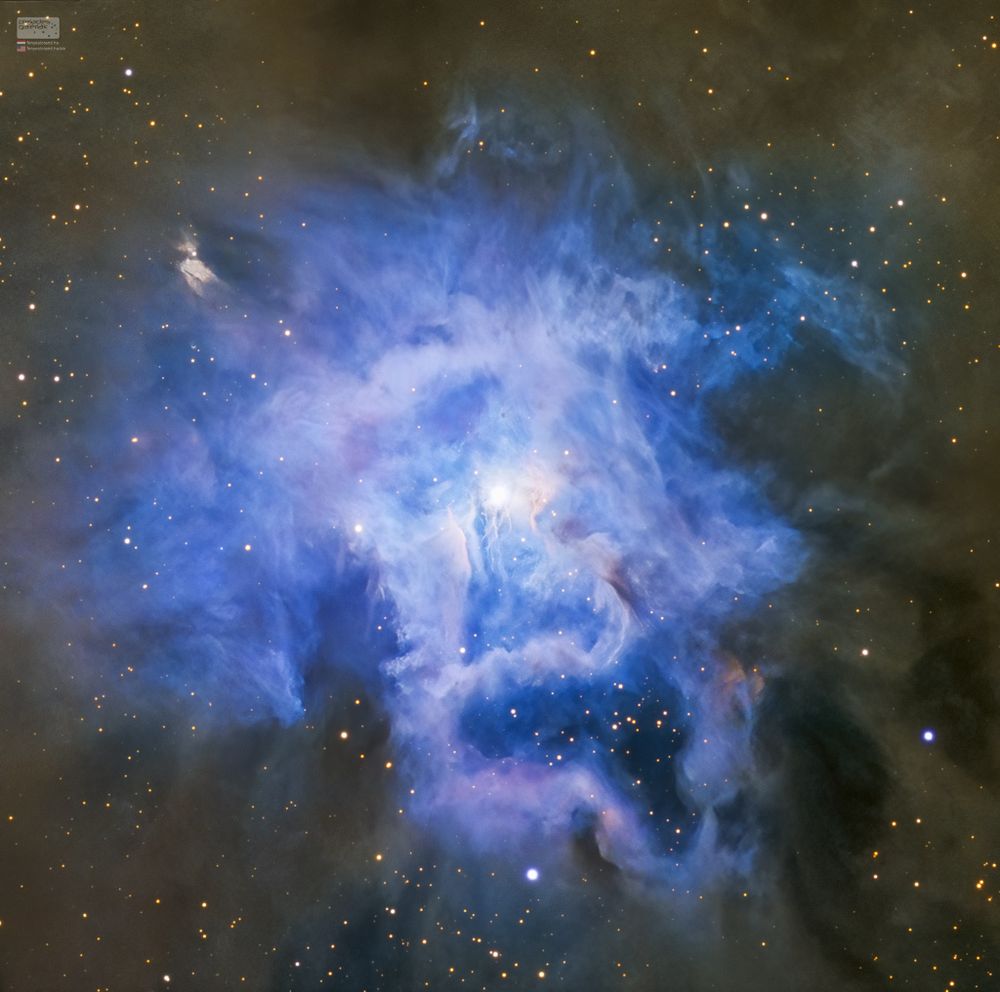
These cosmic clouds have blossomed 1,300 light-years away in the fertile starfields of the constellation Cepheus. Called the Iris Nebula, NGC 7023 is not the only nebula to evoke the imagery of flowers. Still, this deep telescopic image shows off the Iris Nebula's range of colors and symmetries embedded in surrounding fields of interstellar dust. Within the Iris itself, dusty nebular material surrounds a hot, young star. The dominant color of the brighter reflection nebula is blue, characteristic of dust grains reflecting starlight. Central filaments of the reflection nebula glow with a faint reddish photoluminescence as some dust grains effectively convert the star's invisible ultraviolet radiation to visible red light. Infrared observations indicate that this nebula contains complex carbon molecules known as PAHs. The dusty blue petals of the Iris Nebula span about six light-years.
NGC 7023: The Iris Nebula - ©Lorand Fenyes
Official: https://apod.nasa.gov/apod/ap230902.html
HD: https://apod.nasa.gov/apod/image/2309/268_lorand_fenyes_iris_ngc7023.jpg
Please enjoy following threads too! 🔭
02.09.2023 20:04 — 👍 38 🔁 14 💬 2 📌 0

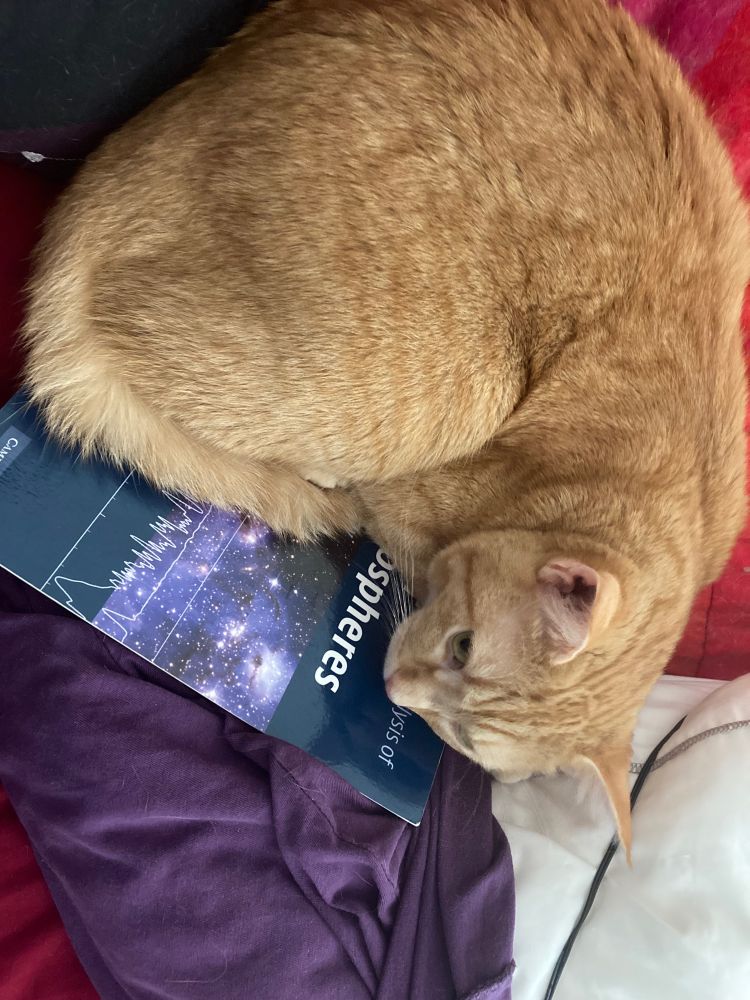 23.08.2023 18:42 — 👍 2 🔁 0 💬 0 📌 0
23.08.2023 18:42 — 👍 2 🔁 0 💬 0 📌 0
Postdoc MIT. PhD University of Amsterdam
I study the atmospheres of exoplanets. I am specifically interested in young transiting planets.
Postdoc @ MIT EAPS • Exoplanet Atmospheres • Habitability • Planet-Star Modeling
Carnegie Fellow at the Earth and Planets Laboratory. Protoplanetary + circumplanetary disks. Formerly at MPE, BU, and University of Michigan. She/her. #BiInSci 🏳️🌈✨🔭 Opinions are my own.
sierragrant.com
Postdoc on Exoplanets and Stellar activity at Oxford
We are early career/junior space scientists advocating for space science in the US!
How you can help: https://linktr.ee/savespacescience
Views are our own & do not represent those of any government agency.
Colombian 🇨🇴 PhD Student at University of Groningen. NL. Working on exoplanetary geophysics and magma ocean evolution🌋
Volcano-lover and photography enthusiast.
51 Pegasi b Fellow at Arizona State University and jazz enthusiast
Astrophysicist, exoplanet enthusiast.
b. thomas soifer (exp) postdoctoral fellow @ caltech astro | ucsb and ucsd alum | coffee, ⛸ , Star Wars
clarissardoo.github.io
physical chemist, water and ice chemistry enthusiast, postdoc @desy & uibk and likes music
https://orcid.org/0000-0001-6859-5344
Prof. Dpto. Física de la Tierra y Astrofísica, Facultad CC. Físicas, Universidad Complutense de Madrid, UCM.
IPARCOS-UCM (Instituto de Física de Partículas y del Cosmos de la UCM)
Ver: https://produccioncientifica.ucm.es/investigadores/141512/detalle
Astronomer. Low-mass stars, exoplanets, and observational astronomy. Studying magnetic activity in fully convective M dwarfs using radio data.
Coffee drinking, year-round-plaid wearing space dad. Astronomy professor in Seattle. Searching for ET, caring for humans.
https://jradavenport.github.io
I was born in 2010, became legit in 2014 (Hinkel et al.), and blossomed into an interactive database in 2017. Now I'm the largest catalog of stellar elemental abundances for stars with and without planets near the Sun. I like purple.
hypatiacatalog.com
📷”The Aurora Guy”
🌌Space Physics Ph.D. student
📍North Pole, Alaska
🫂Participatory science, science comm.
🌀 Professional aurora chaser
👨💻Views my own
Assistant Scientist at Green Bank Observatory, radio astronomer, studies radio galaxies and galaxy clusters, triathlete, traveler.
https://www.emilymoravec.com
I study the atmospheres of terrestrial exoplanets, looking for bio signatures, and asking if brown dwarfs systems can be habitable. MSc @ York University
science/autism communication.
🇨🇦🍁🔭🪐💻📡🛰️🏴☠️🏳️⚧️
Assistant Astronomer at @spacetelescope.bsky.social researching exoplanet and brown dwarf atmospheres. Opinions expressed are my own.
https://jlothringer.github.io/
Postdoc in astronomy thinking about exoplanet atmospheres. Dog mom. She/her




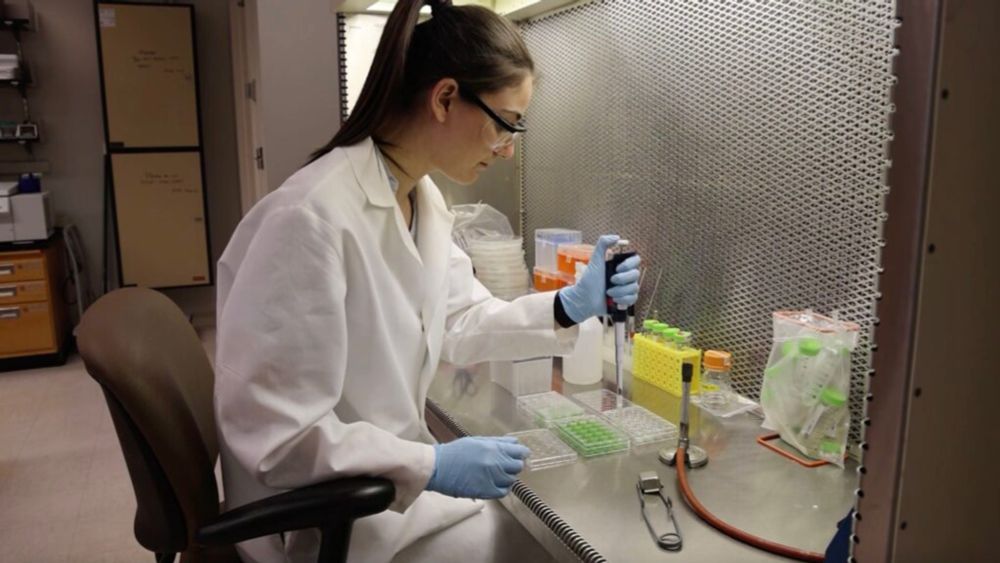







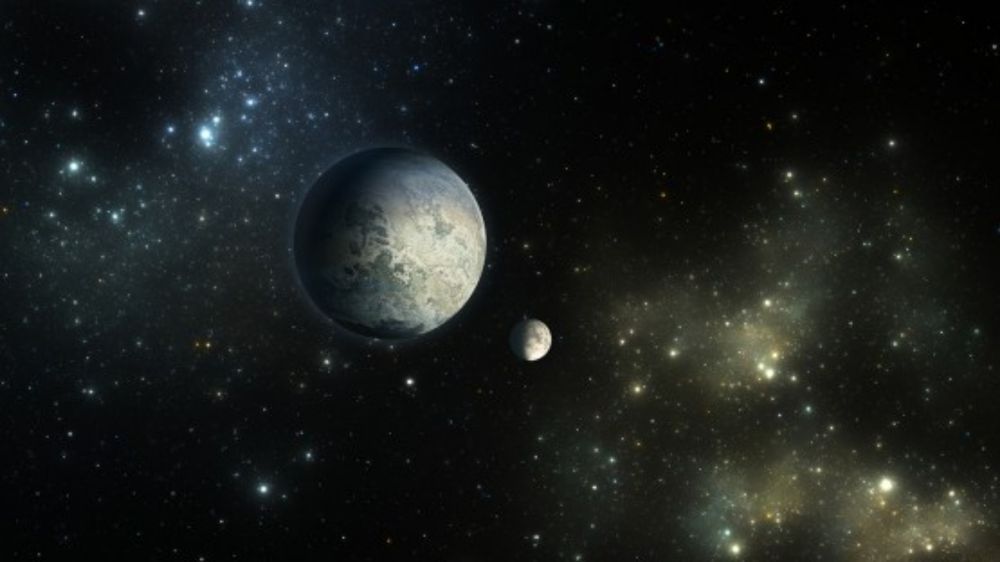

 23.08.2023 18:42 — 👍 2 🔁 0 💬 0 📌 0
23.08.2023 18:42 — 👍 2 🔁 0 💬 0 📌 0